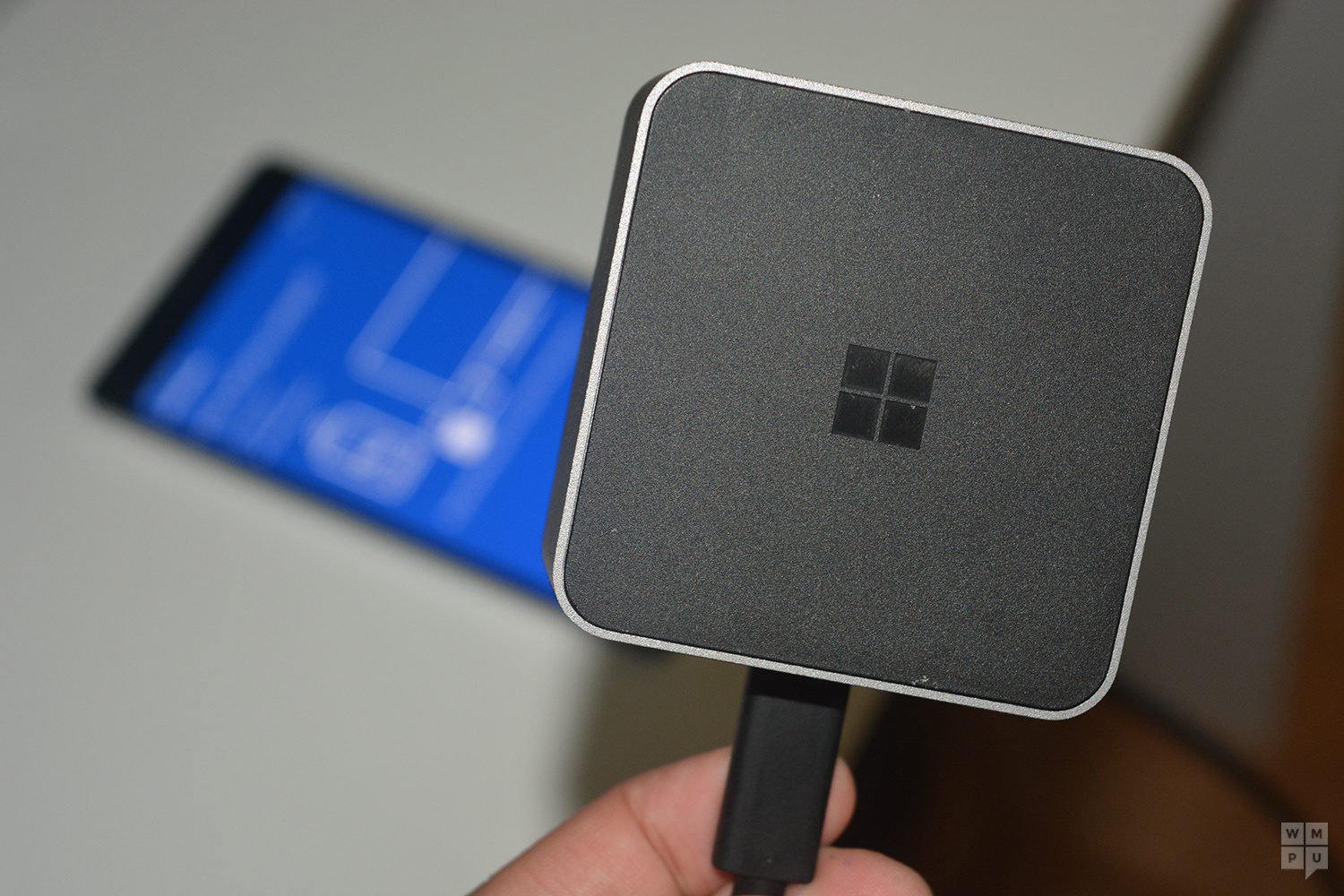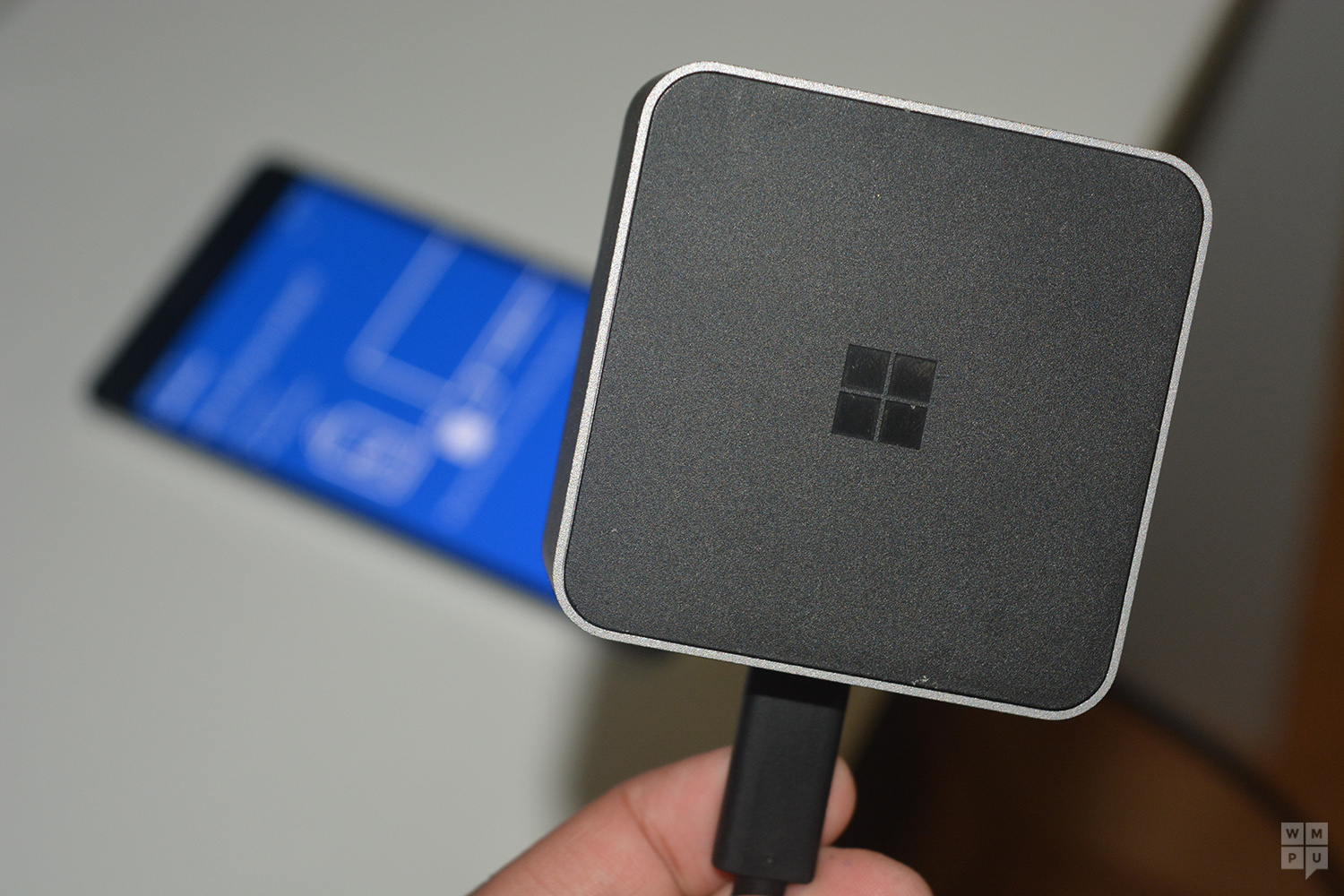Microsoft applies for Continuum patent
3 min. read
Published on
Read our disclosure page to find out how can you help MSPoweruser sustain the editorial team Read more

With Windows 10 Mobile, Microsoft introduced a new productivity feature called Continuum for phones. The feature allows users to connect their Windows 10 Mobile device with a keyboard, mouse and monitor wirelessly or via a dock to get a desktop-like experience from their phone on a monitor. On Continuum for phones, users can only open apps based on the Universal Windows Platforms, however.
Now, it seems like Microsoft has applied for the Continuum patent back in August 2015. In the application, Microsoft states:
Example apparatus and methods improve over conventional approaches by using external devices (e.g., tablets) as input/output devices for devices (e.g., phones) with relatively inferior input/output capacities. A first device (e.g., smart phone) may be configured with a powerful processor, high-end data communications equipment, memory, and a sophisticated operating system and applications. A second device (e.g., componentized tablet) may be configured with powerful input/output devices including a high resolution display and a touch and hover sensitive input interface. The second device may, however, be configured with a low power processor or even no processor, and may be configured with minimal memory. Instead of being a general purpose tablet computer, the second device may be componentized to act specifically as an input/output device for smart phones or other mobile devices. The first device may be portable, and as it moves from place to place, it may be able to interact with different second devices.
Example apparatus and methods may establish a relationship between a first device (e.g., smart phone) and one or more second devices (e.g., componentized tablet, componentized monitor). The tablet may be used to receive touch or hover gestures or other inputs and to produce input events, data or control for the smart phone. The monitor may be used to present or display outputs produced by the operating system or applications on the smart phone. In one embodiment, the componentized tablet may be used to receive inputs (e.g., touches, gestures, voice) and may also be used to present outputs (e.g., operating system display, application display, game display).
The componentized devices may operate like a keyboard or mouse or monitor from a desktop system, where the keyboard, mouse, or monitor have single functions, providing data or control signals to a processor located in another device.
The above text basically means that Continuum allows a smart phone with a “powerful” processor and a “sophisticated” can connect with another device to display things produced by the OS. It is not clear if the patent has been approved, however.










User forum
27 messages